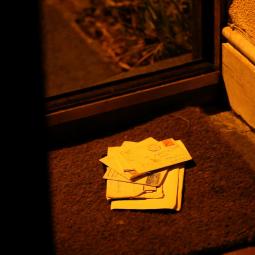Biography
My recent practice focuses on short film works. When I Heard at the Close of Day is based on the Walt Whitman poem of the same name.
‘Pub Fight’, seeks to expose the mechanisms of the filmmaking process by leaving elements of the construction of the film within the frame. The inspiration for this technique is the filmic ‘reveal’ shot, as used by Jean-Luc Godard in Le Mepris. The theoretical concerns of this piece relate to Bertolt Brecht’s Verfremdungseffekt (making strange effect). The aim is to create a consciously critical observer through the process of distanciation.
Call of the Klondike, the final film in the series, is based on the 1935 Clark Gable and Loretta Young production Call of the Wild. Again, this uses Brechtian techniques and also conveys a sense of melodrama. The Young/Gable film was based on the Jack London novel of the same title. It is set during the Klondike gold rush, and therefore has contemporary relevance, given the current economic climate.
My film work developed from my photography, which had similar influences. However, the moving image has enabled a psychological dimension to develop in the work. This first became apparent in my film The Shipping Forecast. This film was one of the first moves away from still photography in my work. The soundtrack, static characters and falling snow gave it a sense of psychological interiority that also emerges in subsequent film works. The film itself was a kind of moving photograph rather than a narrative based piece, in which elements of its construction are left within the frame.
Later films all feature a fragmented narrative, and don’t offer a fully-fledged story. Their high production values suggest traditional narrative film, yet deliberately clumsy elements challenge this convention.






